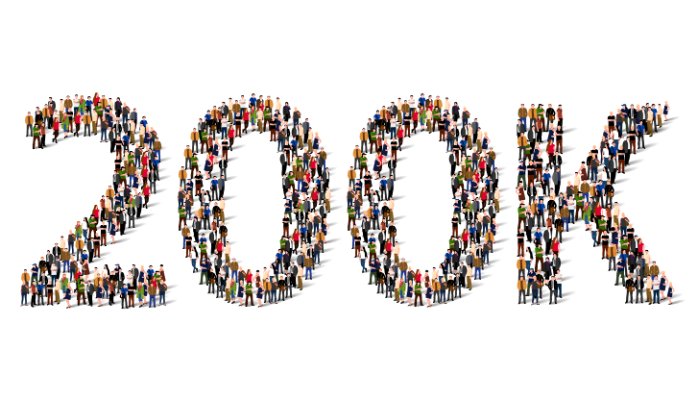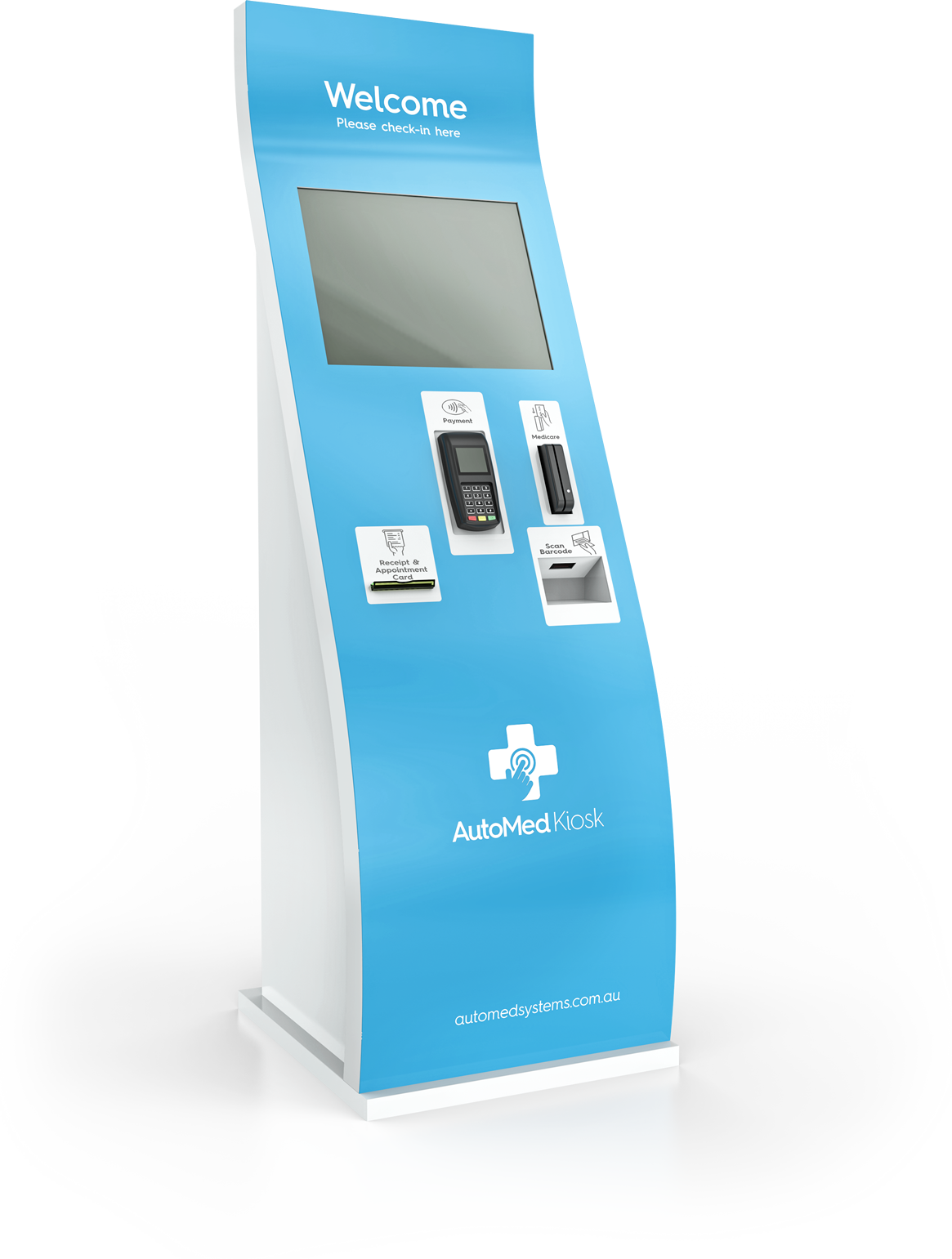
What 200,000 interactions taught us
By Peter Demaio
In 2014, we began the development of our unique AutoMed Kiosk reception solution. We wanted to develop a system that was tailor made for Australia that covered every aspect of reception duties from arriving a patient, checking and updating details, through to billing and making follow-up appointments.
Along the way, we have patented an Australian designed, developed and delivered reception system.
To rigorously test our program, we used the kiosk at our own busy practice in Burwood, Victoria where we see between 3600 and 3800 patients per week. Since then, we have assisted over 200,000 patients to self-arrive, access information, update data and make appointments.
Intuitive, people-focused design works
While we were initially focused on a technological solution, we quickly realised that the solution had to be patient based. It had to provide the same level of service as our dedicated and professional staff. Thanks to invaluable feedback and continual support from our patients and staff, we have been able to produce our AutoMed Kiosk system to best support the full spectrum of our medical reception needs.
We found that older patients were AutoMed Kiosk’s greatest supporters.
For example, initially the kiosk interface was much more complicated, with multiple options, colours, and screens, but this caused confusion. Patients just wanted to arrive and see a doctor with a minimum of fuss. They wanted it in different languages and wanted to arrive quietly, privately and without waiting in a queue. And when making an appointment or paying for their consultation, they wanted similar efficiency and privacy.

Efficiency is king
We were faced with the misconception that older patients would find the technology hard to accept, however in reality we found that older patients were AutoMed Kiosk’s greatest supporters. They enjoyed the efficiency and the access to information such as how long they could expect to wait, which room the doctor was in and the ability to choose a bulk billing or a billing appointment. They were also able to book their appointment with their GP of choice rather than the next doctor available.
There was no “Can you please spell that again?”, or “What is your address?”
From observations such as these, we learnt that patients are not resistant to change, no matter their age. What they demanded however was efficiency and privacy. Another surprisingly strong uptake was from our large population of foreign born patients. A simple swipe of their Medicare cards and they were arrived into the waiting room. There was no “Can you please spell that again?”, or “What is your address?”. All this is now done seamlessly and accurately in less than three seconds!
Patients loved our new reception system. We immediately saw a very high acceptance rate with 40% of patients self-arriving after four months, which rose to 60% in 12 months. We now average between 65-67%.
We also discovered from first-hand experience that staff acceptance of the kiosk was very high, as the system allowed them more time to answer phones, interact with patients, manage stock or attend to the dressing room. With this increased job satisfaction, we have seen a significant decrease in staff turnover.

The right systems protect the bottom line
As a practice owner, I see challenging times ahead for our industry. The Medicare system is frozen for another four years. Income is static but costs are rising, and the stress on doctors and staff is also on rise.
The introduction of the AutoMed Kiosk to our practice has allowed us to continue to bulk bill patients and still remain viable. It will also allow us to transition to mixed billing without doubling reception costs and increasing bad debts.
We can achieve more with less
Before we installed the kiosk, we were seeing 600 to 650 patients per day. Our practice required four reception staff, with an additional receptionist whose role it was to answer the phone. After the kiosk was installed, we dropped to three reception staff members in total and increased our patient numbers to 750 to 800 people per day.
This equates to a 25% drop in staff and a 20% surge in patient numbers.
We have also seen a decrease in staff stress levels as our staff members now rotate activities, which improves staff skilling and satisfaction.
A recent event demonstrates the effectiveness of the AutoMed Kiosk. On a Friday, we rostered three staff members at the front desk, however at the last minute one staff member rang in sick. We were left with two staff at the desk on one of our busiest days. However, even with the added workload, our two staff members were able to assist 720 patients that day, and all in a stress-free environment.
Now, after 200,000 interactions, the system speaks for itself with the day-to-day experience for both staff and patients remarkably improved.
If you after interested to learn more, please email at info@automedsystems.com.au
